




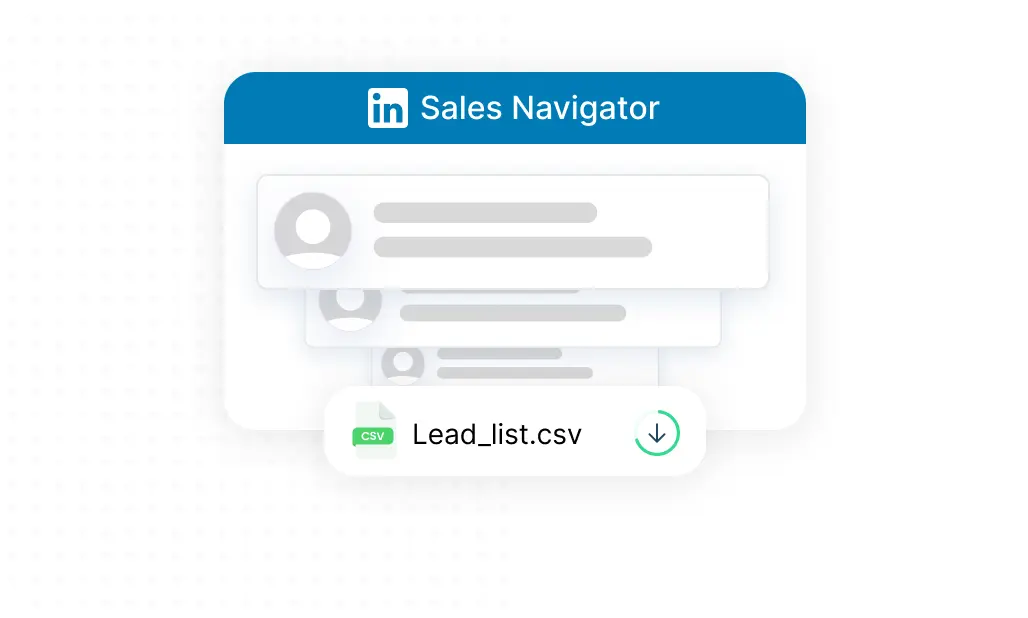
Use third-party tools like Bardeen, Prospeo or Evaboot to export Sales Navigator leads.
By the way, we're Bardeen, we build a free AI Agent for doing repetitive tasks.
Since you're exporting leads, check out our LinkedIn Data Scraper. It automates lead extraction from LinkedIn to your CRM or spreadsheet, saving you time.
Surely you’ve discovered that LinkedIn Sales Navigator does not offer a built-in export functionality. You’ll need to install a third-party Chrome extension if you want to create an Excel sheet for customer leads or export your leads into a convenient format like CSV.
In this guide, I’ll explain how to export leads from Sales Navigator to Excel in easy steps. I’ll even cover some of my favorite third-party tools and show you how to avoid account bans and restrictions.
For example, with AI copilots such as Bardeen you can automate any Sales Navigator process using pre-built, fully customizable automations:



How does this playbook work?
Exporting Sales Navigator lead lists is a chore. This playbook scrapes the open list and adds the data to Google Sheets in one step, making lead tracking effortless.

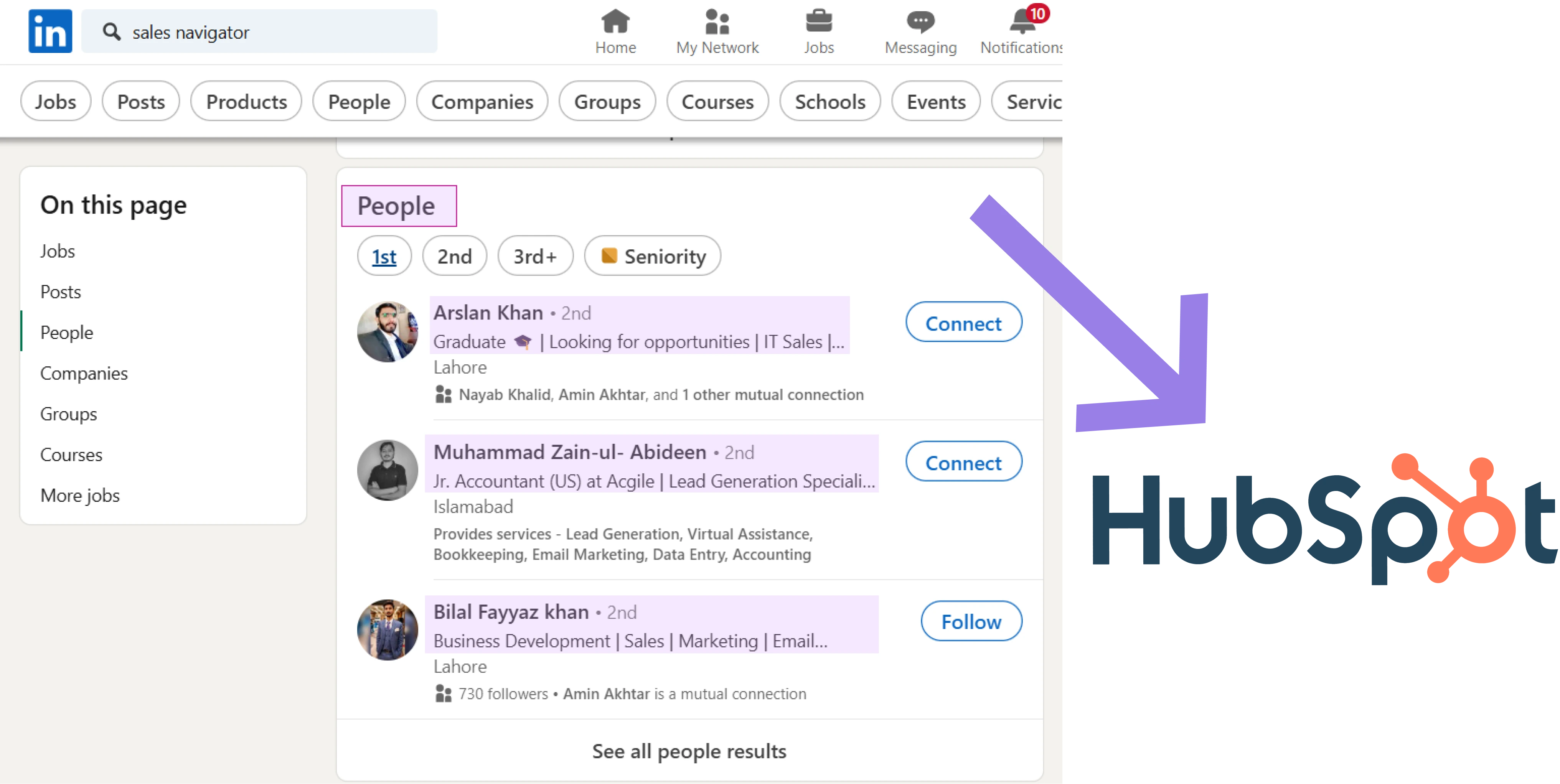
How does this playbook work?
Prospecting on LinkedIn Sales Navigator is time-consuming. This playbook scrapes lead data from a search results page, splits the full names, and automatically creates new contacts in HubSpot.



How does this playbook work?
Saving Sales Navigator search results is a tedious copy-paste job. This playbook scrapes all the leads from your current search and adds them to a Google Sheet in one go.
Sales Navigator's powerful search filters allow you to zero in on your ICP when building a prospect list. Use keywords, job titles, geography, industry, and company size to refine your search. You can also find warm leads by viewing people who follow your company or have engaged with your content. Save your filtered searches so new matching leads are automatically added and ready to export. Use Boolean search modifiers to get even more granular with your lead searches.
Take advantage of Sales Navigator's extensive lead search filters to find your target buyers. Enter relevant keywords, such as skills or specialties, in the search bar. Specify the job titles, geographic locations, industries, and company sizes you want to target. For example, if you sell marketing software, you could search for leads with "Digital Marketing Manager" titles at companies with 50-200 employees in the technology industry located in New York City.
Experiment with different filter combinations to see which yield the best results. You can include or exclude specific companies and use Boolean modifiers like AND, OR, and NOT to refine your search further. The more targeted your search, the more relevant your exported leads will be.
Look for warm leads who are already familiar with your brand. Go to your Sales Navigator Lists and select "Leads following your company" to see everyone who follows your LinkedIn Company Page. These leads are likely interested in your products or services.
You can also find leads who have engaged with your company's LinkedIn content, such as posts, articles, or videos. Filter your saved leads by "Posted on LinkedIn in past 30 days" to identify active users, then check if they interacted with any of your content. Leads who have commented on or liked your posts are great candidates for outreach. Learn more about the differences between cold and warm leads.
Once you've dialed in your search filters, save that search to automatically add new matching leads over time and automate your lead generation. Give your saved search a descriptive name, choose how often you want to receive lead alerts, and select the option to automatically save new leads to a list.
Saving targeted searches ensures a steady stream of fresh, relevant leads to export and prospect. For instance, if you sell CRM software, set up saved searches for common buyer job titles like Sales Operations Manager or VP of Sales. Each week, you'll get an alert with new leads matching those titles to add to your outreach campaigns.
Boolean search modifiers give you even more control over your Sales Navigator searches. Use quotation marks for exact-match phrases, such as "account executive". Use the AND modifier to include multiple terms, like sales AND manager. The OR modifier expands your search to include any of the terms, such as manager OR director. Exclude terms with the NOT modifier, as in VP NOT assistant.
Combine Boolean modifiers to build highly specific searches. For example, "sales operations" AND (manager OR director) AND "software" NOT "medical" would find Sales Operations Managers and Directors with software experience outside of the medical industry. Getting this granular helps you export the most qualified leads for your offering.
By leveraging Sales Navigator's search filters, finding warm leads, saving searches, and using Boolean modifiers, you can build hyper-targeted lists of exportable leads. Invest time upfront to set up your searches, and you'll have a pipeline of quality leads to fuel your sales efforts.
With your exportable leads identified, you're ready to extract them from Sales Navigator. The next section will walk you through the process of exporting lead lists step-by-step so you can seamlessly transition those leads to your CRM or outreach tools.
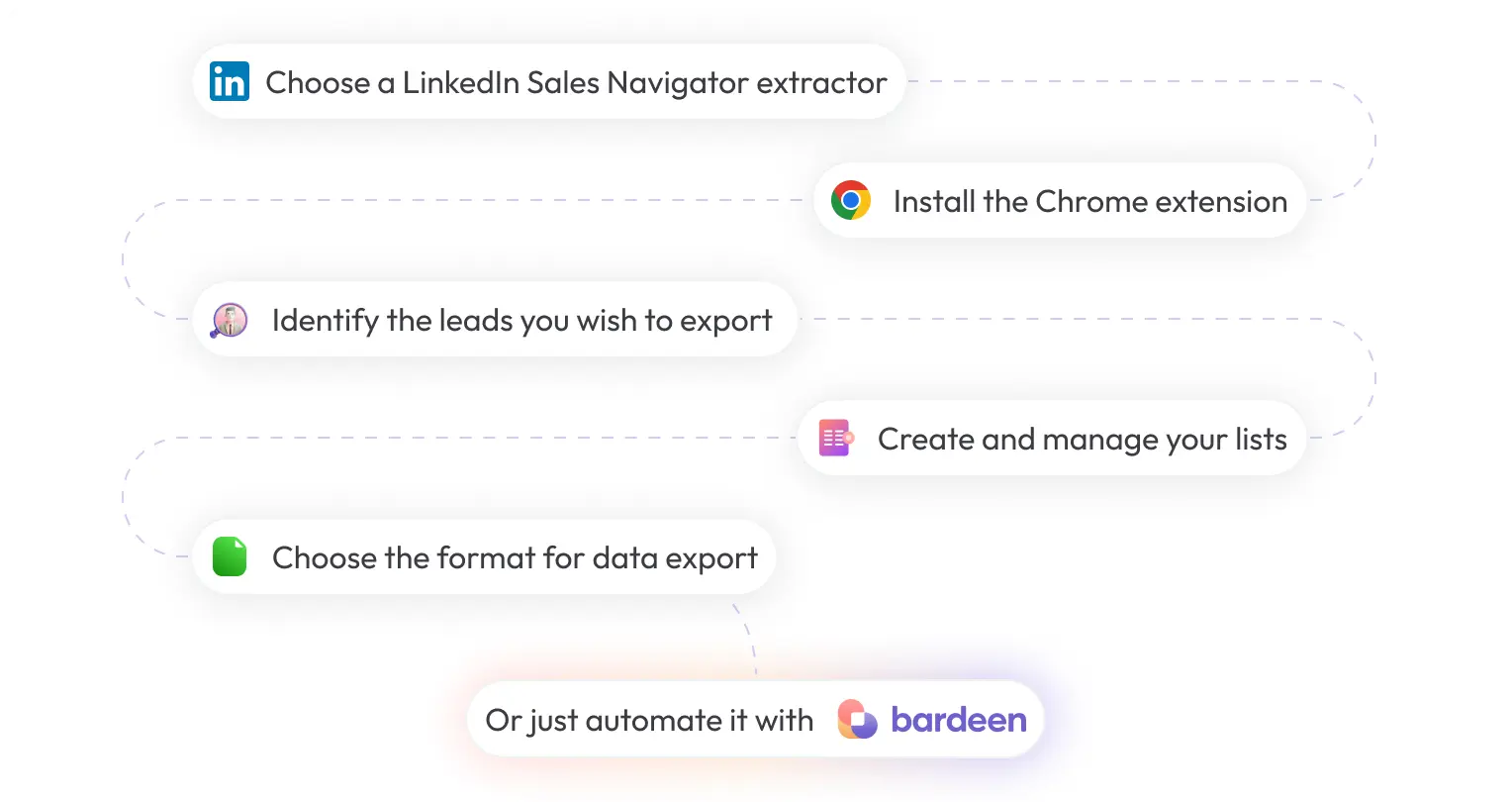
One common method to export leads from Sales Navigator involves using third-party Chrome extensions like Prospeo or Evaboot. These tools automate the data extraction process, allowing users to save time and effort. Here’s how to get started:

There are plenty of third-party tools available to help you export Sales Navigator lists to Excel. Some of my favorites are:
Once you’ve picked a tool that you like, simply sign up and create your account.

Next, you’ll want to install the Chrome extension:
That’s all it takes! You will be automatically directed to LinkedIn Sales Navigator once the installation is complete.
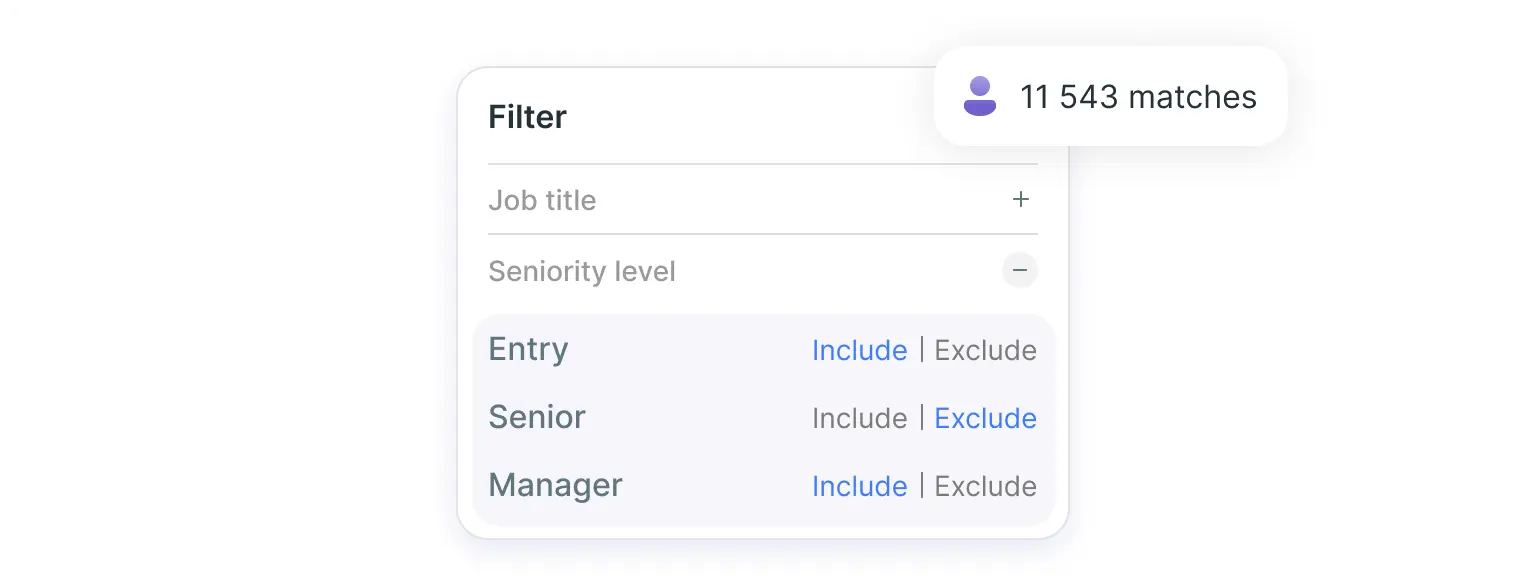
You’ll need to create a leads list if you haven’t already. You can use the Advanced Search filters to narrow down your search results.
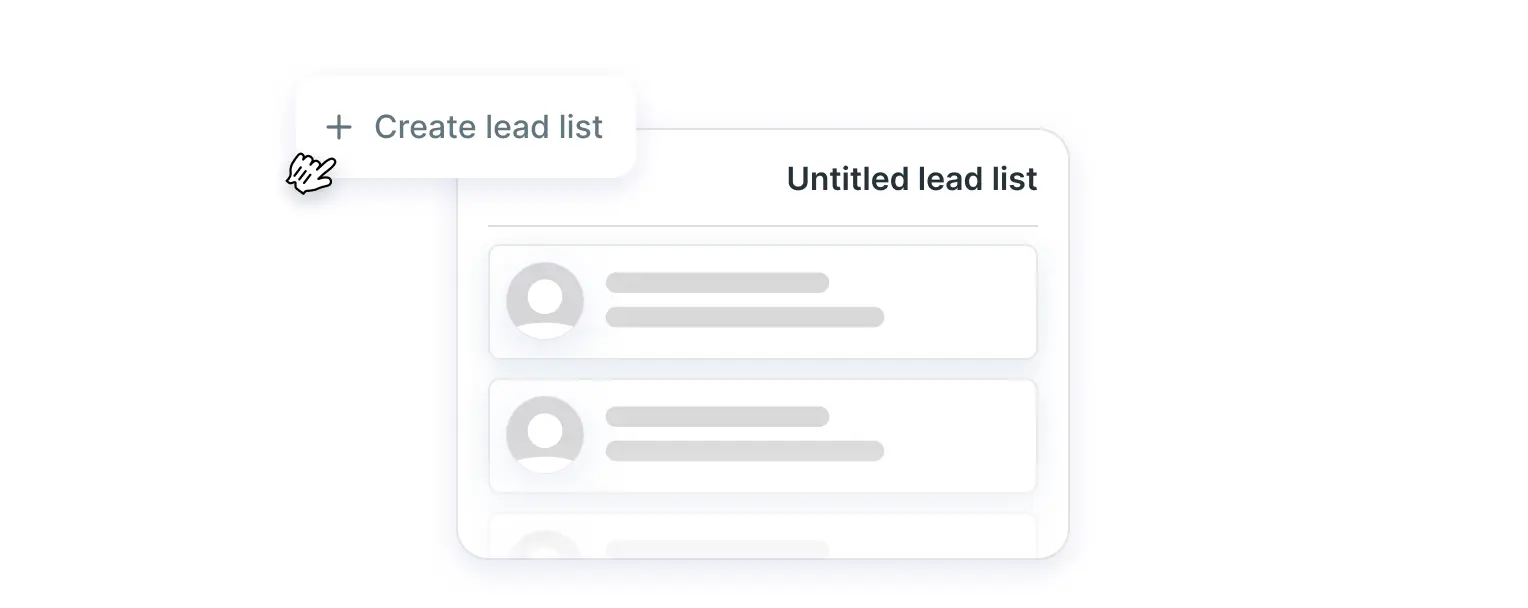
Now, you’ll want to save and organize your leads by adding them to a list. You can create as many lists as you want and organize them by campaign, industry, persona, etc. Here’s how:
If you want to make changes a list, you can do so by taking the following steps:
Once you are satisfied with your leads list, you can prepare it for export.
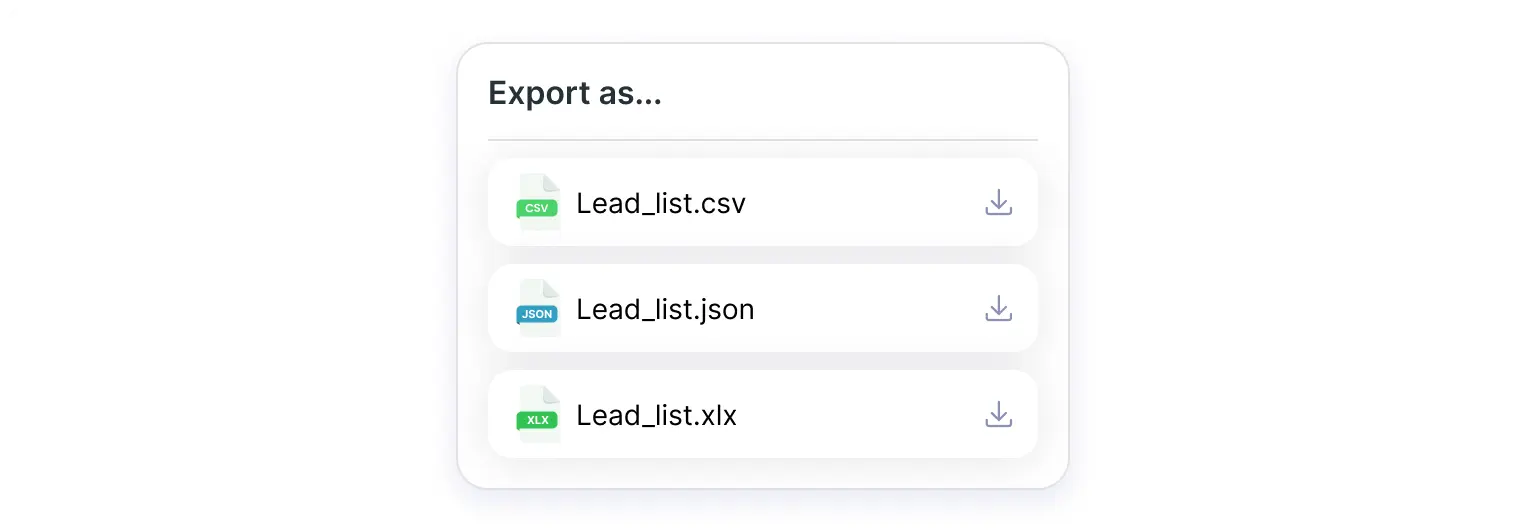
Remember that LinkedIn does not offer a direct "Export" button. You need a third-party Chrome extension to extract leads into a CSV file.
Here’s how to do it:
It's important to note that exporting lead lists from Sales Navigator requires careful consideration of LinkedIn's data usage policies and the potential time investment for manual processes. For those looking to streamline their lead management process further, exploring CRM integrations or advanced Sales Navigator plans may offer additional benefits.
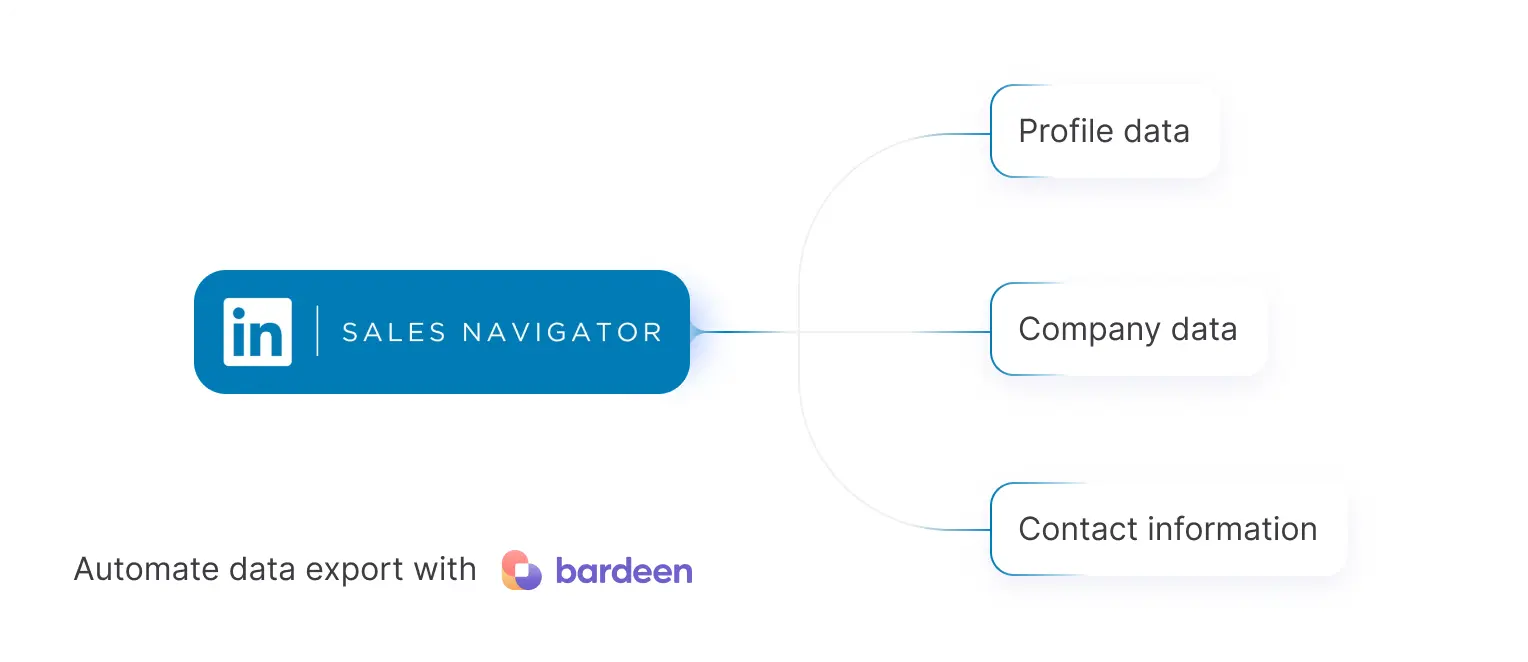
You can pull all kinds of data from your LinkedIn Sales Navigator searches. This data will typically fall into one of three categories:
The table below lists the types of profile and company data you can export.
| Profile data | Company data |
|---|---|
| ✓ First name | ✓ Company name |
| ✓ Last name | ✓ Company Domain |
| ✓ Job title | ✓ Company Industry |
| ✓ Company name | ✓ Company Foundation Date |
| ✓ Company location | ✓ Company Specialties |
| ✓ Time at company | ✓ Company Employee Count |
| ✓ Time in position | ✓ Company Type |
| ✓ Profile URL | ✓ Company Description |
| ✓ Phone number | ✓ Company Profile Picture URL |
| ✓ Email address | ✓ Company Followers |
| ✓ Industry | ✓ Company Location |
| ✓ Location | ✓ Company Time Zone |
| ✓ Time zone | ✓ Company Time Zone Offset |
Some details may be harder to find than others. Finding contact information like emails and phone numbers is tricky because many users don’t update this information or make it publicly available. However, third-party tools can help you find the most up to date contact information.
You can extract lots of valuable information about your leads, but there is still data you cannot extract. This includes:
❌ Direct messages
❌ Private emails
❌ Private phone numbers
❌ Connection history
❌ Engagement data
❌ User activity
Exporting your leads from LinkedIn Sales Navigator allows you to get more mileage out of your prospecting efforts. You can export lead lists or saved search results to a CSV file, which can then be imported into your CRM or outreach tools. This enables you to store your leads' data, enrich it with additional information, and seamlessly use it in your sales campaigns. Whether you want to export all leads from a list or just select ones, Sales Navigator makes it simple.
To export a lead list from Sales Navigator, navigate to Lists from the menu and open the list you want to export. Click the Export button above the list of leads. You'll have the option to export all leads in the list or just selected ones.
If you want to export the results of a saved search, go to your saved searches, run the one you want to export, and hit the Export button above the results. Again, choose to export all leads or specific ones.
Sales Navigator will generate a CSV file that you can save to your computer. This file contains all the lead information visible in Sales Navigator, such as name, title, company, location, etc.
Now that you have your leads in a CSV file, you can import that data into your CRM (like Salesforce or HubSpot) or outreach tools (such as Outreach or SalesLoft). This allows you to manage your leads in a centralized location, enrich the data with additional information, and use it for email or phone outreach.
To import the CSV file, go to the import or lead upload section of your CRM or outreach tool. Select the CSV file from your computer and map the fields to the corresponding ones in the tool. Once the import is complete, you'll have your Sales Navigator leads synced with the rest of your sales tech stack.
Keep in mind that Sales Navigator has a limit of 2,500 exported leads at a time. If your lead list or saved search has more than 2,500 people, you'll need to export them in batches.
To get around this, use Sales Navigator's filters to create smaller segments of your list or search that fall under the 2,500 limit. For example, if you're exporting a saved search for sales directors, filter it by location to create multiple lists under 2,500 leads each. Then export those smaller batches one at a time until you have all the leads.
Saved searches in Sales Navigator are dynamic, meaning new leads get added automatically when they match your search criteria. To ensure you have the most up-to-date data, export your saved searches regularly, such as once a week or month.
You can even automate this process to export new leads from a saved search and import them into your CRM or outreach tool. This saves you the manual work of exporting and importing leads on an ongoing basis.
By exporting your Sales Navigator leads to CSV and importing them into your sales tools, you can automate your sales prospecting workflow and get more value out of the leads you find. Just be aware of export limits and regularly export saved searches to keep your data fresh.
With your exported Sales Navigator leads in hand, the next step is to enrich that data and verify key information like email addresses.

LinkedIn Sales Navigator does not provide email addresses directly. However, there are plenty of ways to get emails from LinkedIn Sales Navigator indirectly. Here are some of the approaches I have found success with:
Whichever method you decide, just make sure you are following best practices and adhering to compliance rules such as GDPR, CCPA, and LinkedIn Terms of Service. It’s also best to verify any emails you find using an email verification tool.

Web scraping tools make it possible to automate email extraction from LinkedIn Sales Navigator. But be aware that using them excessively can get your account restricted or banned.
Make sure to use third-party web scraping tools that comply with GDPR and CCPA regulations. Some of my favorites include:
You should always follow best practices when using a LinkedIn Sales Navigator extractor. Make sure to validate extracted emails, follow GDPR & CCPA rules, and respect LinkedIn’s Terms of Service. You can learn more in this blog post I wrote about LinkedIn data scraping.
Exporting LinkedIn searches is crucial for sales teams looking to manage their leads more effectively. However, LinkedIn Sales Navigator itself does not offer a direct option to export accounts and lead information into a CSV or XLS file. This limitation can be avoided with the use of third-party tools or integrations for exporting data, so you can create an Excel sheet for customer leads.

For Sales Navigator Advanced Plus users, an alternative to third-party tools is a direct integration with CRM systems like Salesforce. This allows for real-time synchronization of lead and account information between Sales Navigator and the CRM.
While this method does not directly export data to a file, it enables users to manage their Sales Navigator leads within their CRM environment, providing a seamless workflow for lead management.
Exporting leads from LinkedIn Sales Navigator to Excel (or CSV) may not be a built-in feature, but with the right tools and techniques, you can easily extract and organize your prospect data for better outreach and analysis.
By using third-party tools, you can automate the export process and seamlessly import data into your CRM. Just remember to respect LinkedIn’s policies and validate emails to avoid compliance issues.
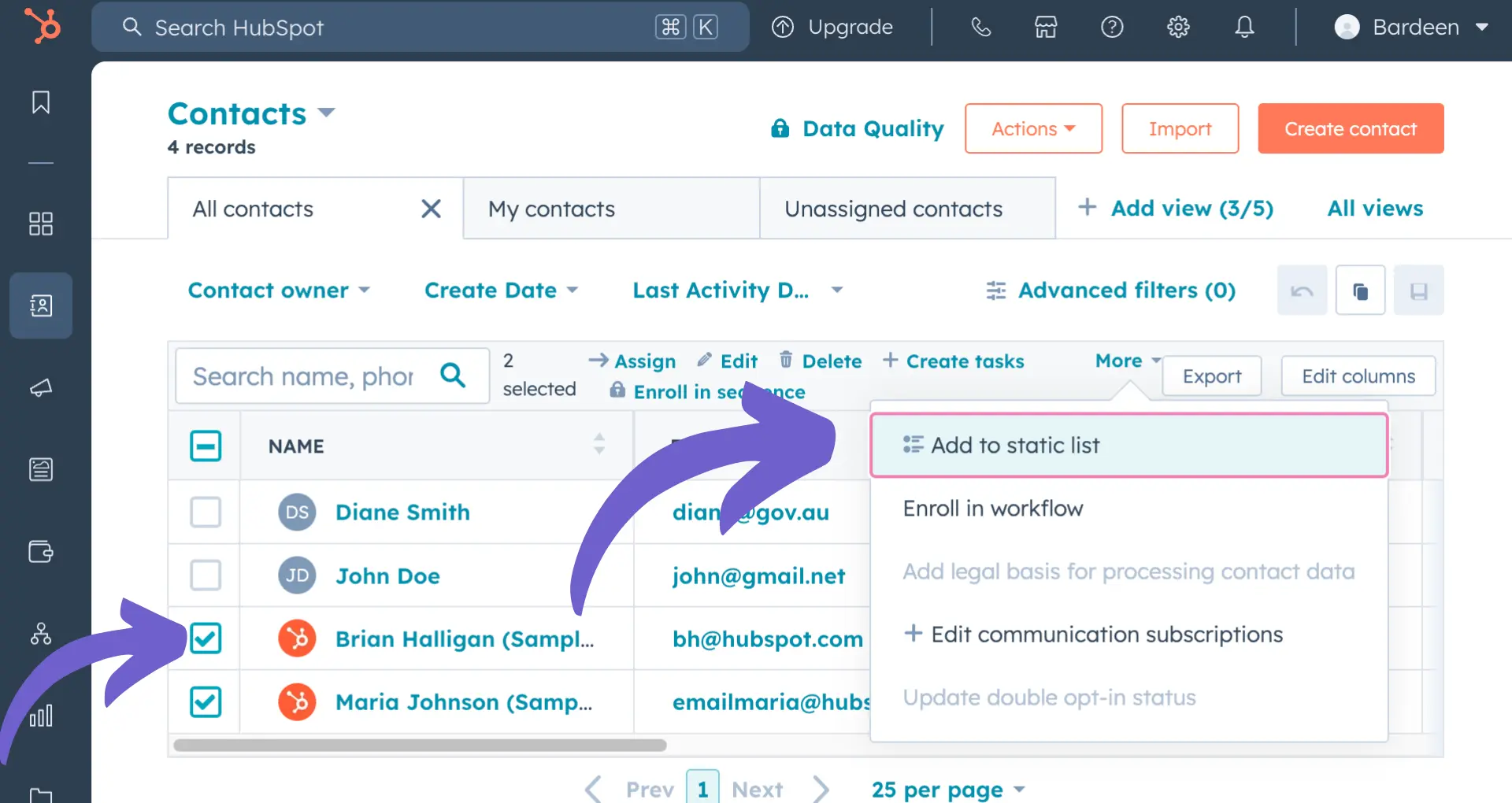
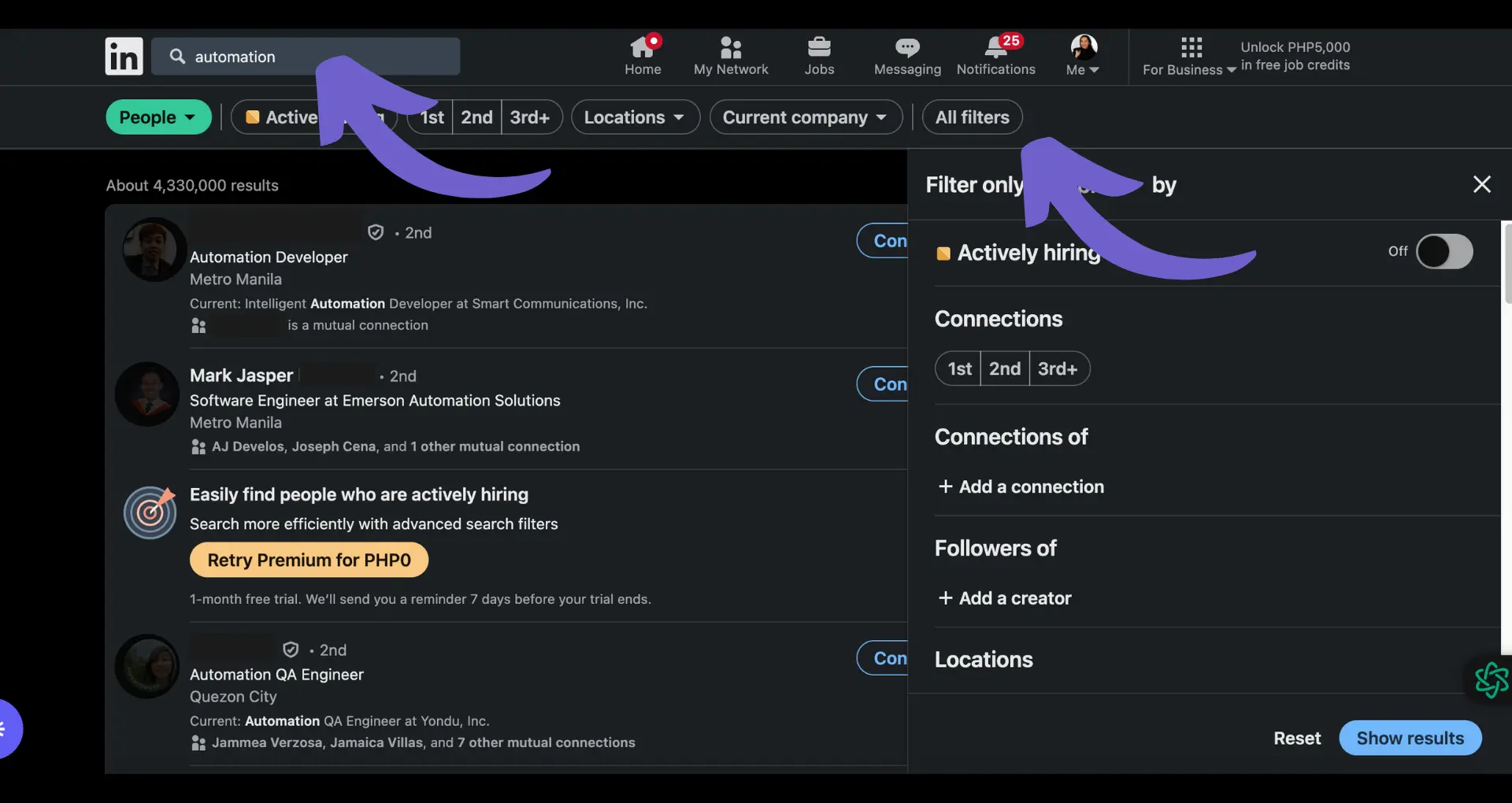
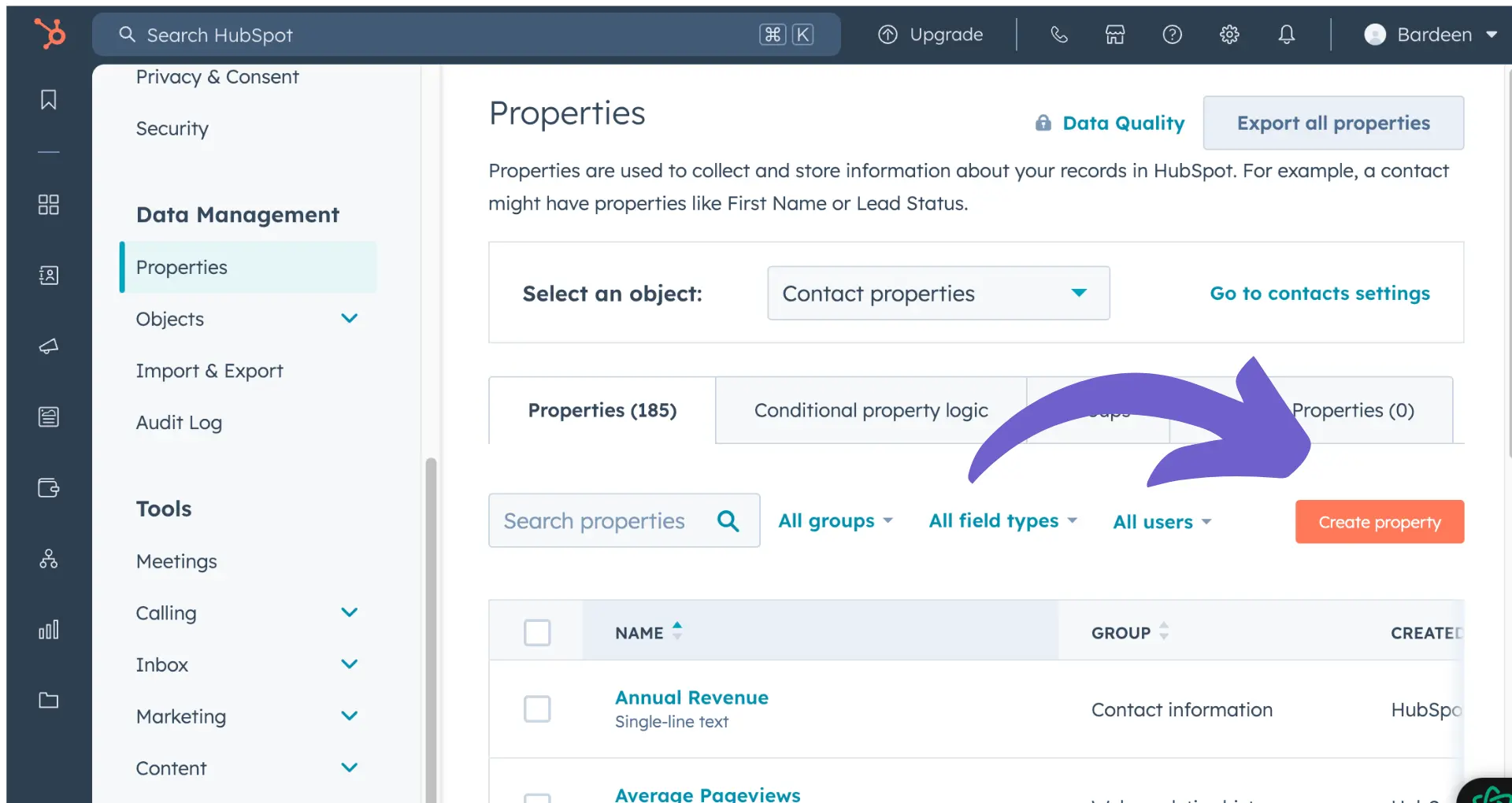







SOC 2 Type II, GDPR and CASA Tier 2 and 3 certified — so you can automate with confidence at any scale.
Bardeen is an automation and workflow platform designed to help GTM teams eliminate manual tasks and streamline processes. It connects and integrates with your favorite tools, enabling you to automate repetitive workflows, manage data across systems, and enhance collaboration.
Bardeen acts as a bridge to enhance and automate workflows. It can reduce your reliance on tools focused on data entry and CRM updating, lead generation and outreach, reporting and analytics, and communication and follow-ups.
Bardeen is ideal for GTM teams across various roles including Sales (SDRs, AEs), Customer Success (CSMs), Revenue Operations, Sales Engineering, and Sales Leadership.
Bardeen integrates broadly with CRMs, communication platforms, lead generation tools, project and task management tools, and customer success tools. These integrations connect workflows and ensure data flows smoothly across systems.
Bardeen supports a wide variety of use cases across different teams, such as:
Sales: Automating lead discovery, enrichment and outreach sequences. Tracking account activity and nurturing target accounts.
Customer Success: Preparing for customer meetings, analyzing engagement metrics, and managing renewals.
Revenue Operations: Monitoring lead status, ensuring data accuracy, and generating detailed activity summaries.
Sales Leadership: Creating competitive analysis reports, monitoring pipeline health, and generating daily/weekly team performance summaries.